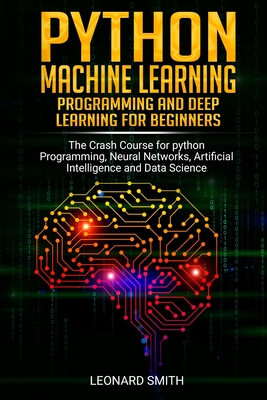Introduction to Modern Fortran for the Earth System Sciences (Springerbriefs in Earth System Sciences)
暫譯: 現代 Fortran 在地球系統科學中的應用入門 (Springerbriefs in Earth System Sciences)
Dragos B. Chirila, Gerrit Lohmann
相關主題
商品描述
This work provides a short "getting started" guide to Fortran 90/95. The main target audience consists of newcomers to the field of numerical computation within Earth system sciences (students, researchers or scientific programmers). Furthermore, readers accustomed to other programming languages may also benefit from this work, by discovering how some programming techniques they are familiar with map to Fortran 95.
The main goal is to enable readers to quickly start using Fortran 95 for writing useful programs. It also introduces a gradual discussion of Input/Output facilities relevant for Earth system sciences, from the simplest ones to the more advanced netCDF library (which has become a de facto standard for handling the massive datasets used within Earth system sciences). While related works already treat these disciplines separately (each often providing much more information than needed by the beginning practitioner), the reader finds in this book a shorter guide which links them. Compared to other books, this work provides a much more compact view of the language, while also placing the language-elements in a more applied setting, by providing examples related to numerical computing and more advanced Input/Output facilities for Earth system sciences.
Naturally, the coverage of the programming language is relatively shallow, since many details are skipped. However, many of these details can be learned gradually by the practitioner, after getting an overview and some practice with the language through this book.
The main goal is to enable readers to quickly start using Fortran 95 for writing useful programs. It also introduces a gradual discussion of Input/Output facilities relevant for Earth system sciences, from the simplest ones to the more advanced netCDF library (which has become a de facto standard for handling the massive datasets used within Earth system sciences). While related works already treat these disciplines separately (each often providing much more information than needed by the beginning practitioner), the reader finds in this book a shorter guide which links them. Compared to other books, this work provides a much more compact view of the language, while also placing the language-elements in a more applied setting, by providing examples related to numerical computing and more advanced Input/Output facilities for Earth system sciences.
Naturally, the coverage of the programming language is relatively shallow, since many details are skipped. However, many of these details can be learned gradually by the practitioner, after getting an overview and some practice with the language through this book.
商品描述(中文翻譯)
本書提供了一個簡短的 Fortran 90/95 入門指南。主要的目標讀者是地球系統科學領域的數值計算新手(學生、研究人員或科學程式設計師)。此外,習慣於其他程式語言的讀者也可以從本書中受益,了解他們熟悉的一些程式設計技術如何映射到 Fortran 95。
本書的主要目標是讓讀者能夠快速開始使用 Fortran 95 來編寫有用的程式。它還逐步介紹了與地球系統科學相關的輸入/輸出功能,從最簡單的功能到更高級的 netCDF 函式庫(這已成為處理地球系統科學中使用的大型數據集的事實標準)。雖然相關的作品通常將這些學科分開處理(每本書通常提供的資訊遠超過初學者所需),但讀者在本書中找到了一個更短的指南,將它們聯繫起來。與其他書籍相比,本書提供了對語言的更緊湊的視角,同時將語言元素置於更應用的背景中,通過提供與數值計算和更高級的輸入/輸出功能相關的範例。
自然地,對程式語言的涵蓋相對淺顯,因為許多細節被省略。然而,許多這些細節可以在讀者通過本書獲得概覽和一些實踐後,逐步學習。












